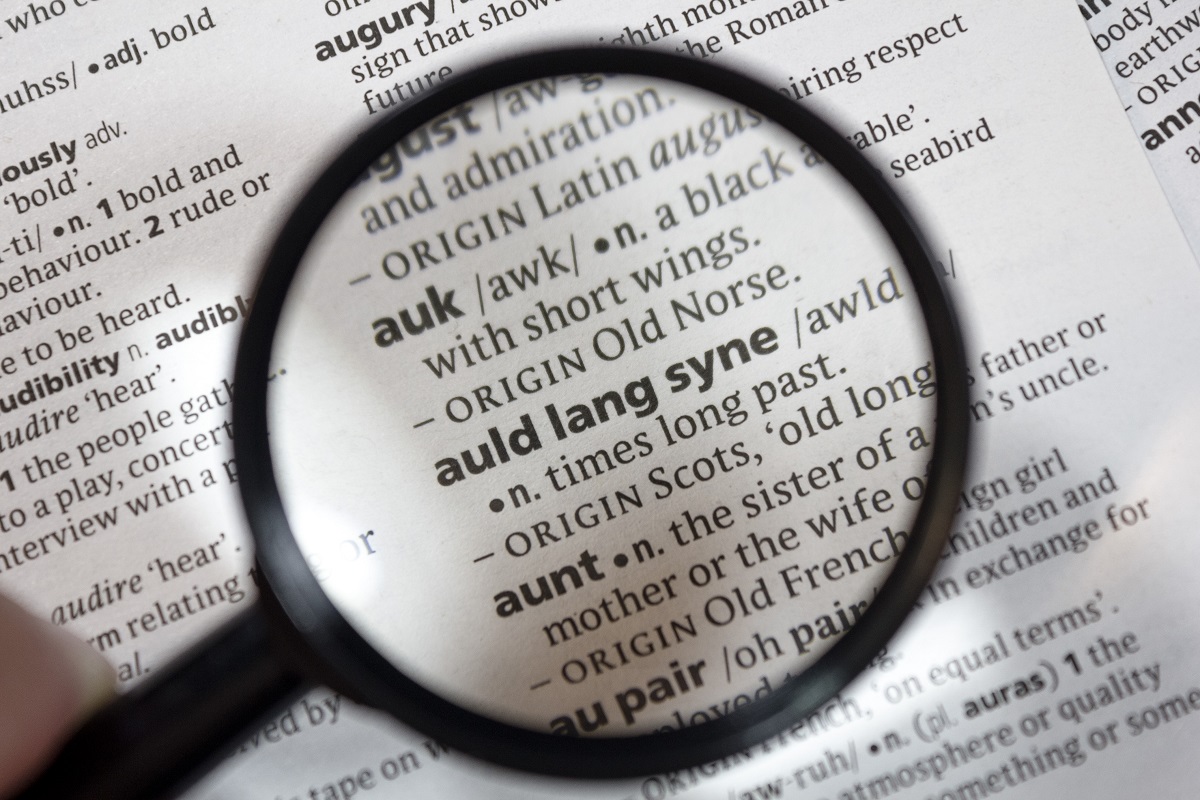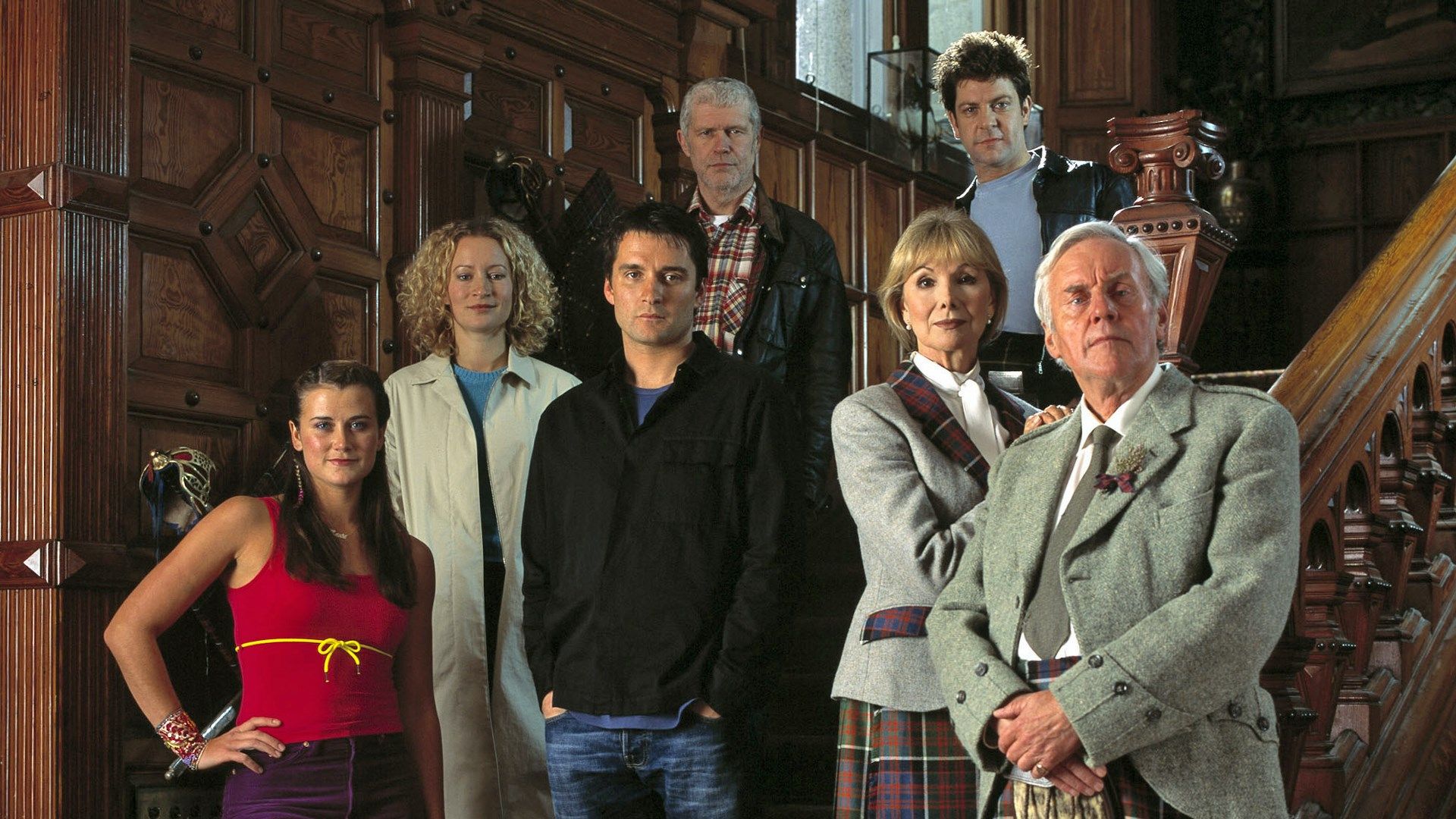If you spend much time around Scottish TV and culture, you'll eventually hear of a holiday called Hogmanay. If you're not sure what it is, the short answer is this: It's the Scottish celebration of the last day of the year. Bigger, more ebullient, and a little darker than a typical Western New Year's Eve celebration, it's well worth experiencing if you ever get the chance.
Hogmanay Basics: A Uniquely Scottish New Year's Celebration
As we mentioned, Hogmanay is the Scottish celebration of the last day of the year – but in some places, the festivities can stretch for as long as two or three days. Depending on where you celebrate, it's generally a mixture of fireworks, street parties, bagpipes, dancing, and even fire-swinging.
Edinburgh is home to one of the largest Hogmanay celebrations, and you can see a bit more of the 2019 festivities in the video below. Some years have been cancelled in the past due to high winds, intense rain, or COVID.
The Origins and History of Hogmanay
Hogmanay is generally believed to date back to the celebration of the winter solstice among the Norse, while also incorporating customs from the Gaelic celebration of Samhain. Though often thought of as distinctly Scottish, the holiday was also celebrated in the north of England.
The etymology of the name is unclear, with quite a few competing theories for the modern name and all the variations in spelling that have been recorded over the years. Some suggest it comes from the northern French word hoguinané, echoing a French children's tradition of visiting local houses and receiving small gifts of sweets and fruit (something that was also done in Scotland until somewhat recently).
Others suggest the origins are purely Gaelic in nature, citing a Manx new year song that begins with the line “To-night is New Year's Night, Hogunnaa“.
Still others believe in a Norse origin, saying that all the other versions of the word come from an old Norse word for Yuletide, “hoggo-nott“.
Traditional Hogmanay Customs and Superstitions
Hogmanay has no shortage of common practices and superstitions, but they can vary across Scotland. The most famous tradition is ‘first-footing', which starts immediately after midnight. This involves being the first person to cross the threshold of a friend or neighbour's home, and it often involves gifting symbolic presents like coal, shortbread, salt, black bun, and whisky, intended to bring different kinds of luck to the householder.
Some believe the tradition of first-footing is connected to the Viking invasions of the British Isles. In some places, it's preferred to have a tall, dark-haired male arrive first as opposed to a woman or light-haired man. This could stem from the fact that Vikings were often fair. Personally, I like to think of a clever older woman starting the tradition so she could begin her years with someone tall, dark, and hopefully handsome on her doorstep.
Auld Lang Syne: An Essential Part of Hogmanay Celebrations

Another popular custom that's well known even outside of Scotland is the singing of “Auld Lang Syne,” a Scots-language poem written/collected by Robert Burns in 1788 (later set to the tune of a traditional folk song). It's sung at midnight on New Year's Eve all around the world to bid farewell to the old year.
Though many people think he wrote it from scratch on his own, he never claimed 100% of the credit. When he sent a copy to the Scots Musical Museum in 1788, he enclosed the following remark:
The following song, an old song, of the olden times, and which has never been in print, nor even in manuscript until I took it down from an old man.
A 1711 ballad by James Watson includes some similar lines, opening with “Should Old Acquaintance be forgot, and never thought upon…” Parts of the song do seem to be either original to Robert Burns or passed on orally for him to transcribe.
Hogmanay Celebrations Across Scotland
From the torchlight processions in Edinburgh to the fireball swinging in Stonehaven, Hogmanay celebrations vary across Scotland. Edinburgh's Hogmanay is one of the biggest and most famous New Year celebrations in the world, featuring a large street party, food, concerts, traditional ceilidh dancing, chilly dips in the Firth of Forth (called the Loony Dook), and a very impressive fireworks display.
Hogmanay in British TV

Just as many TV shows have Christmas specials, you'll find that some Scottish TV shows have Hogmanay specials. Below, we've gathered up a few for your viewing pleasure.
- Monarch of the Glen – This delightful Scottish series followed a family trying to find a way to preserve their way of life at a stately home called Glenbogle. Son Archie MacDonald returns from a life in London to take over as Laird of Glenbogle, only to find the place is losing money and in danger of being taken over by the bank. The Hogmanay episode falls at season 5, episode 11, and it's a bit strange. It's the eve of a new year, and the house is haunted by a 14th century ghost who put a curse on the family. Watch it HERE
- Chewin' the Fat – This series was the original source of the characters Jack and Victor who are the focus of Still Game, but despite the popularity of Still Game, relatively few Americans have seen it. It's a sketch comedy series, and while the show ended in February 2002, there was a Hogmanay special each year between 2000 and 2005. Sadly, we've yet to find a strictly legal way to watch the Hogmanay specials in the US.
- Still Game – This Glasgow-based sitcom about rude pensioners has also had a couple of Hogmanay episodes. They did one in 2006, and another in 2007. In the US, you can watch them on Netflix. The episodes are called “The Party” and “Hootenanny”.
- Two Doors Down – This Scottish sitcom actually began as a 2013 Hogmanay special which was later commissioned for a full series. Sadly, it's another great series that hasn't crossed the pond in terms of streaming services – but if you have a region-free DVD player, you can grab a copy of the series and see both the Hogmanay special and the episodes that came after it. There are quite a few differences in terms of characters and personalities, but that's fairly common with British specials/films that are later turned into TV shows (like Doc Martin or Hetty Wainthropp). You can get a copy HERE.